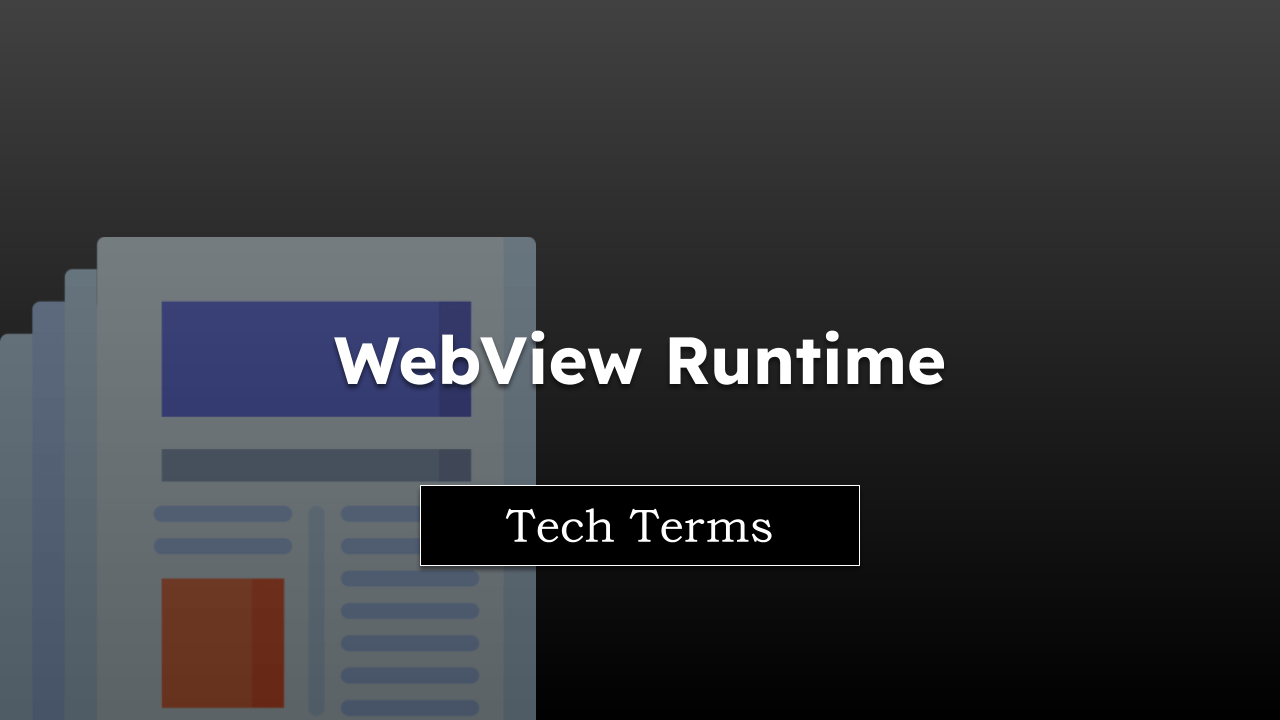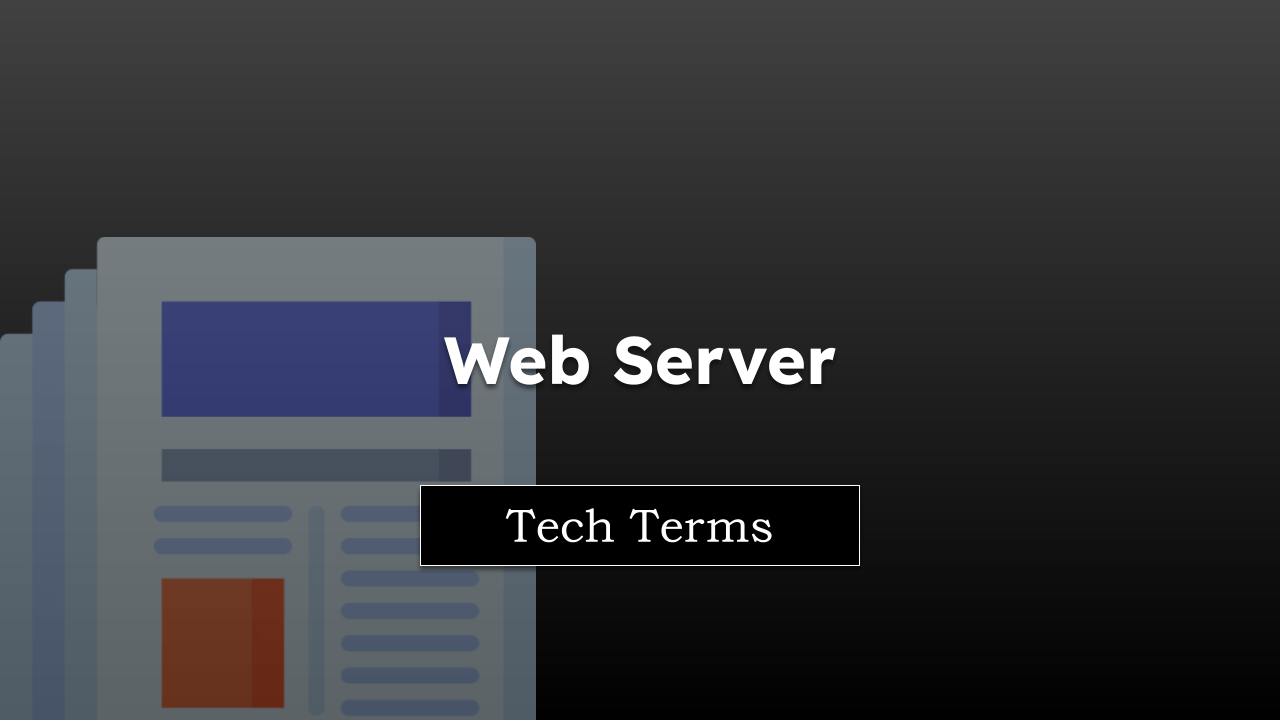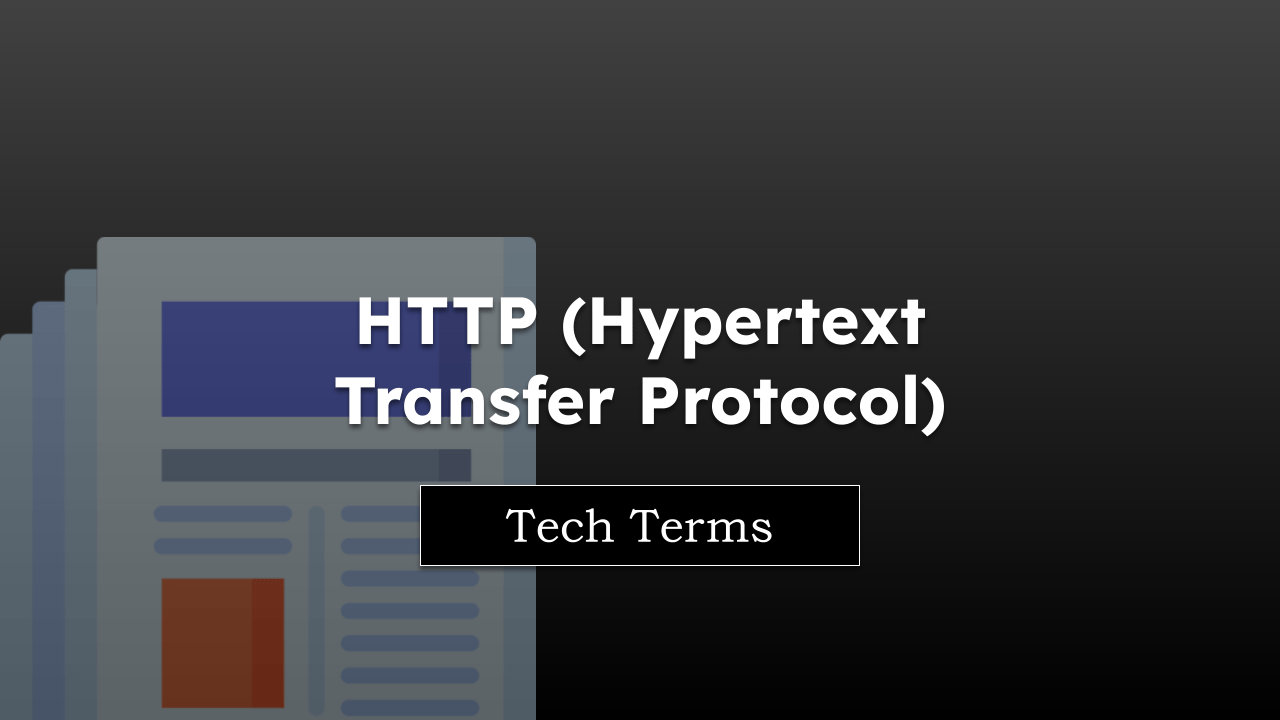As you delve deeper into web technologies, you might come across XML or eXtensible Markup Language. But what is XML exactly? Simply put, XML is a markup language used to store and transport data, similar to HTML.
Note: The page is part of the browser vocabulary to help you understand technical terms.
In this guide, I have shared written instruction about:
How Does XML Work?
Unlike HTML, which is designed to display data, XML focuses more on what the data is. It’s all about carrying data, and it doesn’t care about how the data looks.
With XML, as the developer, you get to define your own tags based on the data you’re working with. This extensibility makes XML a powerful tool for data exchange in various applications.
XML and Browsers
So how does XML work in the context of a browser? When you open an XML file in your browser, it is the browser’s job to interpret the XML and display the content appropriately. But remember, XML doesn’t do anything independently – it’s just a way to structure data.
For the browser to use the data contained in the XML, it often works with other languages like JavaScript or XSLT to parse the XML and present the data in a user-friendly format.
An Easy-to-Understand Example
Imagine you’re organizing a book club and have a list of books you’d like to share with the club members. You decide to write this list on a piece of paper.
Now, this piece of paper (representing XML) carries the list of books; it doesn’t tell you how to organize the book club meetings or how to interpret the book themes – it’s just a means to carry the data (book list) from you to the book club members.
Let’s say the list is written as follows:
<bookclub> <book> <title>To Kill a Mockingbird</title> <author>Harper Lee</author> </book> <book> <title>1984</title> <author>George Orwell</author> </book> </bookclub>
Here, <bookclub>, <book>, <title>, and <author> are all tags you defined to structure your data, making it easy for the members to understand the information.
Bottom Line
In essence, XML is a flexible way to create standard information formats and share the format and the data on the World Wide Web, intranets, and elsewhere.
For you, as a user or developer, understanding XML can significantly help in managing, transporting, and storing data, making your online experience more organized and efficient.
Lastly, if you've any thoughts or feedback, then feel free to drop in below comment box. You can also report the outdated information.







